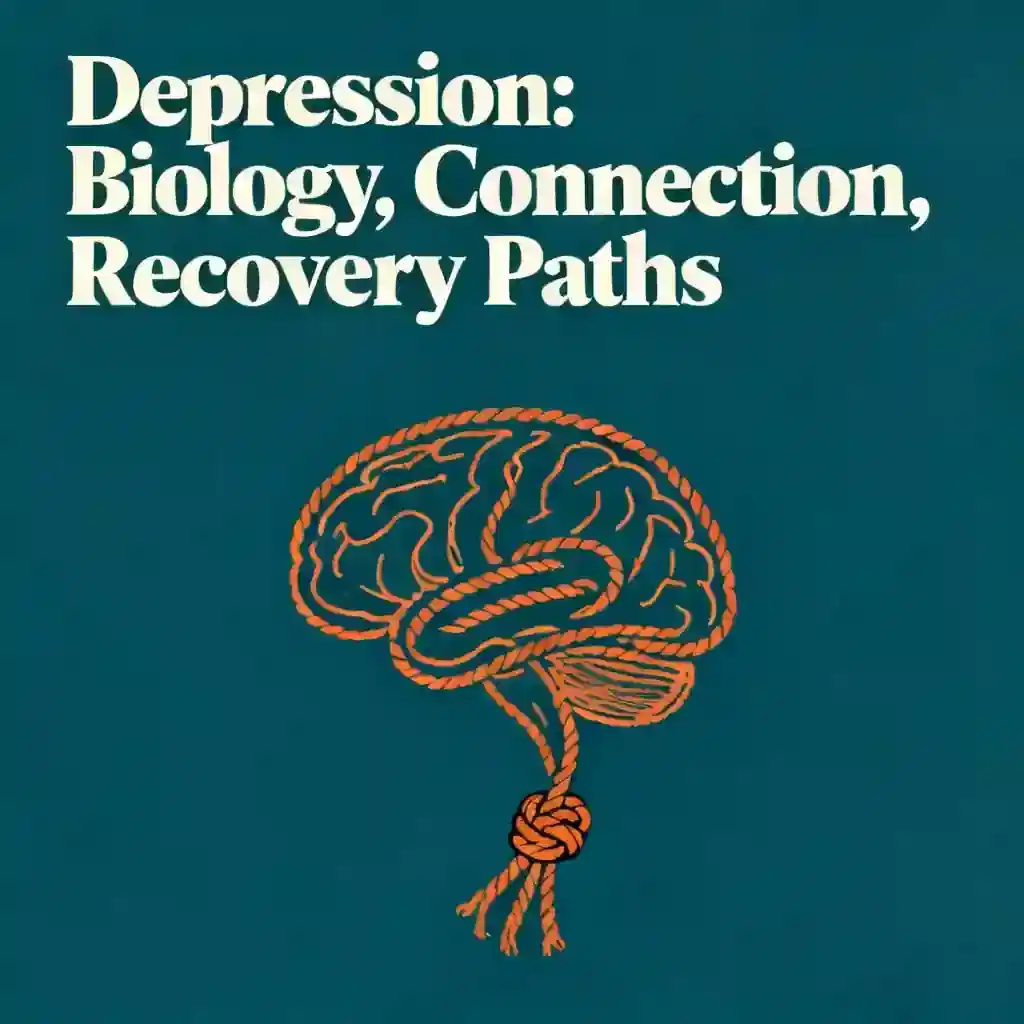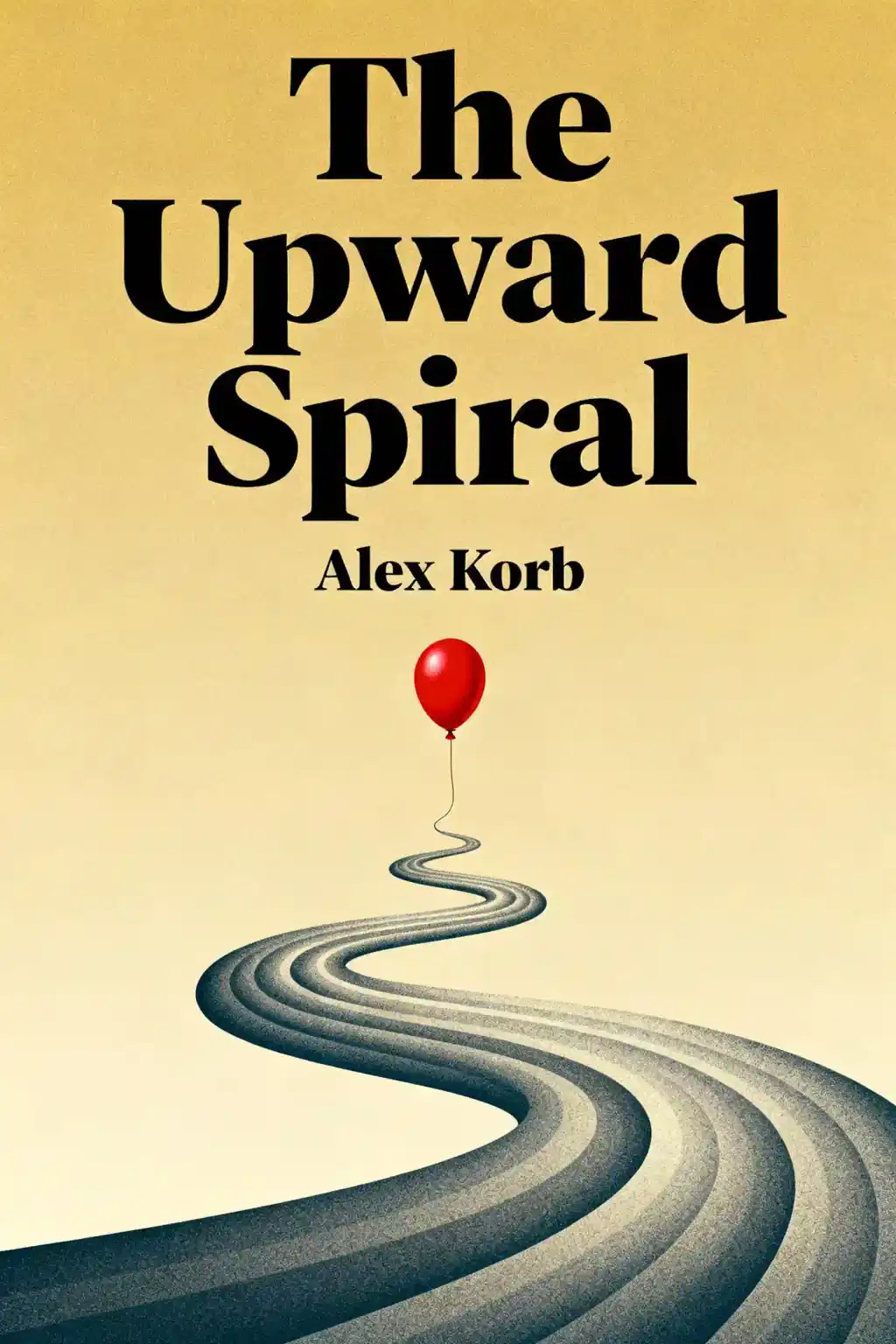What is
Depression Hates a Moving Target about?
Depression Hates a Moving Target is Nita Sweeney’s memoir detailing her journey from battling chronic depression and bipolar disorder to becoming an ultramarathon runner. Through running with her dog, Scarlet, she discovered resilience, reduced her reliance on antidepressants, and rebuilt her mental health. The book intertwines personal struggle with practical insights on how physical activity can combat mental illness.
Who should read
Depression Hates a Moving Target?
This book is ideal for readers interested in mental health recovery, running enthusiasts, or anyone seeking inspiration to overcome life’s challenges. It resonates with those who enjoy memoirs about personal transformation, pet companionship, or stories of midlife reinvention.
Is
Depression Hates a Moving Target worth reading?
Yes—the book is an Amazon #1 bestseller in bipolar disorder and running categories, short-listed for the William Faulkner-Wisdom Award, and won a Maxwell Medallion for its exploration of the human-animal bond. Critics praise its raw honesty and uplifting message.
How does running help combat depression, according to the book?
Sweeney credits running with providing structure, releasing endorphins, and fostering a sense of accomplishment. Her gradual progression from 60-second jogs to marathons helped her manage anxiety, reduce medication, and regain control over her mental health.
What are the key lessons from
Depression Hates a Moving Target?
Key takeaways include the importance of incremental progress, the therapeutic power of physical activity, and the role of community support. Sweeney emphasizes that endurance in running mirrors resilience in mental health struggles.
How does Nita Sweeney’s dog, Scarlet, contribute to her journey?
Scarlet, her yellow Labrador, acts as a loyal running partner and emotional anchor. Their bond highlights how pets provide unconditional support, motivation to stay active, and a sense of purpose during low moments.
Can
Depression Hates a Moving Target help non-runners?
Yes—while running is central, the book’s themes of perseverance, mindfulness, and seeking joy in small victories apply broadly. Sweeney’s meditation practices and candid storytelling offer tools for anyone facing mental health challenges.
How does the book address balancing running with mental health setbacks?
Sweeney shares strategies like the run-walk method, chi running techniques, and adaptive training plans. She openly discusses navigating injuries, manic episodes, and self-doubt while maintaining a running routine.
What makes
Depression Hates a Moving Target unique among mental health memoirs?
It uniquely blends humor, practical advice, and the human-animal bond. Unlike clinical guides, Sweeney’s personal narrative—including her late-in-life running start—offers relatable hope for those feeling “too old” or “too broken” to change.
How does the book compare to
Let Your Mind Run?
Both books highlight running’s mental health benefits, but Sweeney’s memoir focuses more on clinical depression and the role of pet companionship. Fans of Let Your Mind Run will appreciate the similar themes of endurance and mindset shifts.
What criticisms exist about
Depression Hates a Moving Target?
Some readers may find the memoir’s focus on running too niche or desire more clinical mental health strategies. However, most praise its authenticity and unique perspective on holistic recovery.
Why is
Depression Hates a Moving Target relevant in 2025?
With rising global mental health awareness, Sweeney’s story underscores accessible, non-pharmaceutical interventions. Its themes of post-pandemic resilience and human-animal bonds remain timely, offering actionable hope in uncertain times.

















